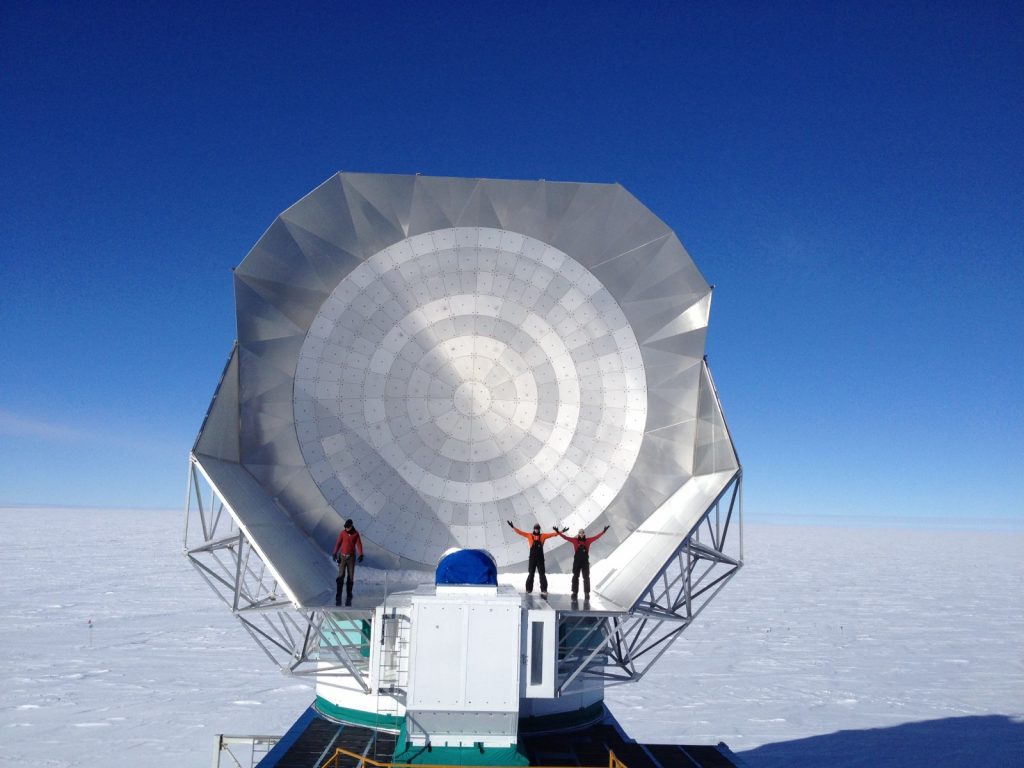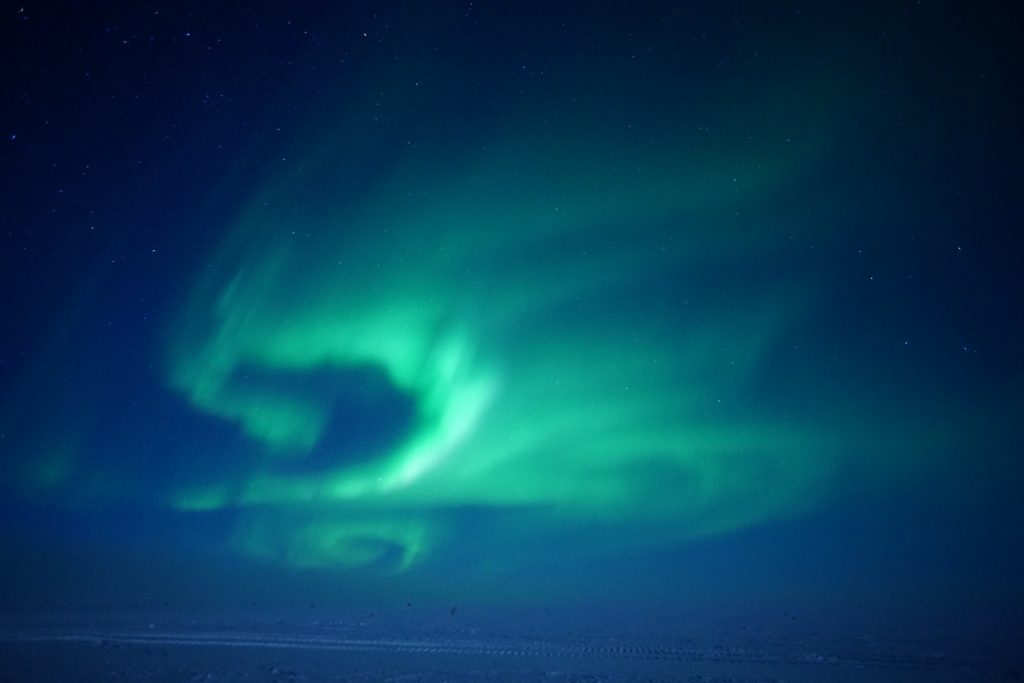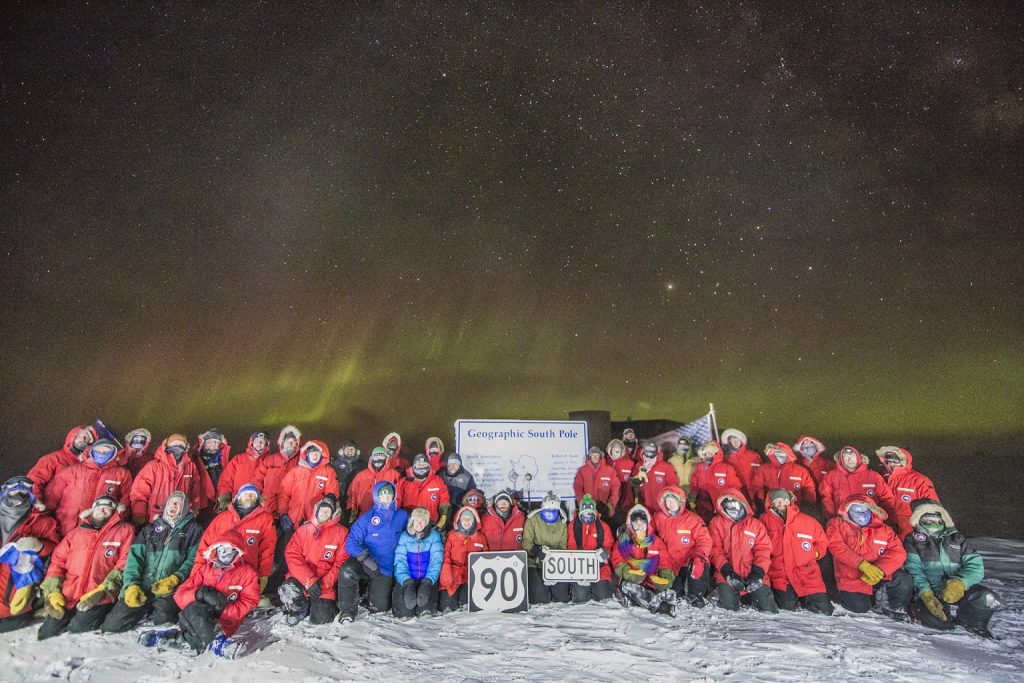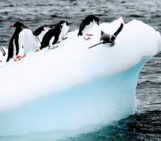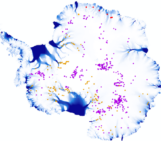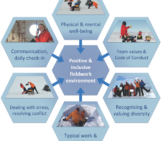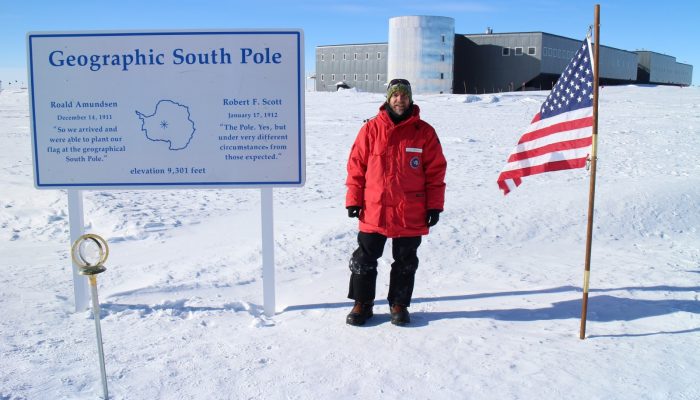
What is it like to live at the South Pole for a year? A mechanical engineer by trade, Tim Ager, jumped at the opportunity to work for a year as a research scientist at Amundsen-Scott South Pole Station. When not traveling on various adventures he lives in Austin, Texas, and recently took the time to answer a few questions about his time at Pole.
What goes on at Amundsen-Scott South Pole Station?
Science! And lots of it. Of course there are many people working at Pole just to maintain operations and “keep the lights on,” but it is all in support of science. There are several large-scale science projects. A couple highlights that science grantees taught us during science lectures were:
- The South Pole Ice Core (SPICE Core) project looks back in time into the history of earth through ice cores. Every year, snow accumulates on the surface, and year after year these layers compress the snow below them into ice. By drilling down and extracting ice cores, these layers can be studied much like the tree rings. The ice itself is analyzed, but so are the chemicals, dust, and gas bubbles trapped in it. This analysis gives us a peek into the climate history of our planet (see this post for more details). Last summer’s project goal of drilling down 1,500 meters (to ice approximately 40,000 years old) was easily surpassed, with the final ice core brought up from a depth of 1,751.5 meters.
- There are three Cosmic Microwave Background telescopes at Pole that look back in time at the oldest light in the universe, which was created shortly after the big bang. The South Pole’s near 0% humidity is the ideal place to do this, since the telescopes look for slight ripples of temperature variations in the light and any water vapor gets in the way.
- IceCube, which is a 1 km³ telescope that sites on the South Pole and collect neutrinos, which are tiny electrically neutral particles that can provide insight into the processes that occur within the sun. The telescope collects neutrinos that pass through the Earth, which acts like a big filter, and collects only 3 per day.
- Other projects include studying the weather, the magnetosphere, and ozone depletion.
Can you tell us a bit about the projects you were working on and what a typical day was like at the station?
I was a caretaker for several projects. I maintained two GPS projects that tracked the movement of the ice sheet the South Pole Station sits on. This huge chunk of ice moves about 10 meters per year toward the Weddell Sea. For the six months that the sun was down I maintained seven aurora cameras. I was also responsible for SPRESSO (the South Pole Remote Earth Science and Seismological Observatory). SPRESSO is a seismic listening station for the long-term study of seismicity at the South Pole. It is a part of a 120+ station Global Seismographic Network (GSN) and is located five miles from the South Pole Station to reduce station related “cultural” noise. SPRESSO is located within our “quiet sector” and is the quietest seismic listening post on the planet. Some additional duties included maintaining the greenhouse, acting as the station cryotech (making and dispensing liquid nitrogen), and testing fuel.
During the summer season there wasn’t a typical day, and I was kept busy helping many science related activities run efficiently. The typical grantee is only at Pole for one to two weeks, so their time there is very valuable. Before a grantee arrived, I tracked down any cargo they had sent ahead and made sure any crates that weren’t supposed to freeze were not left outside. Once the grantee arrived, I helped out with whatever they needed to ensure their visit was a success – from finding and digging out a drifted-over crate left outside several years earlier, to tracking down tools, to delivering liquid nitrogen. It was never boring and gave me the opportunity to learn about numerous projects.
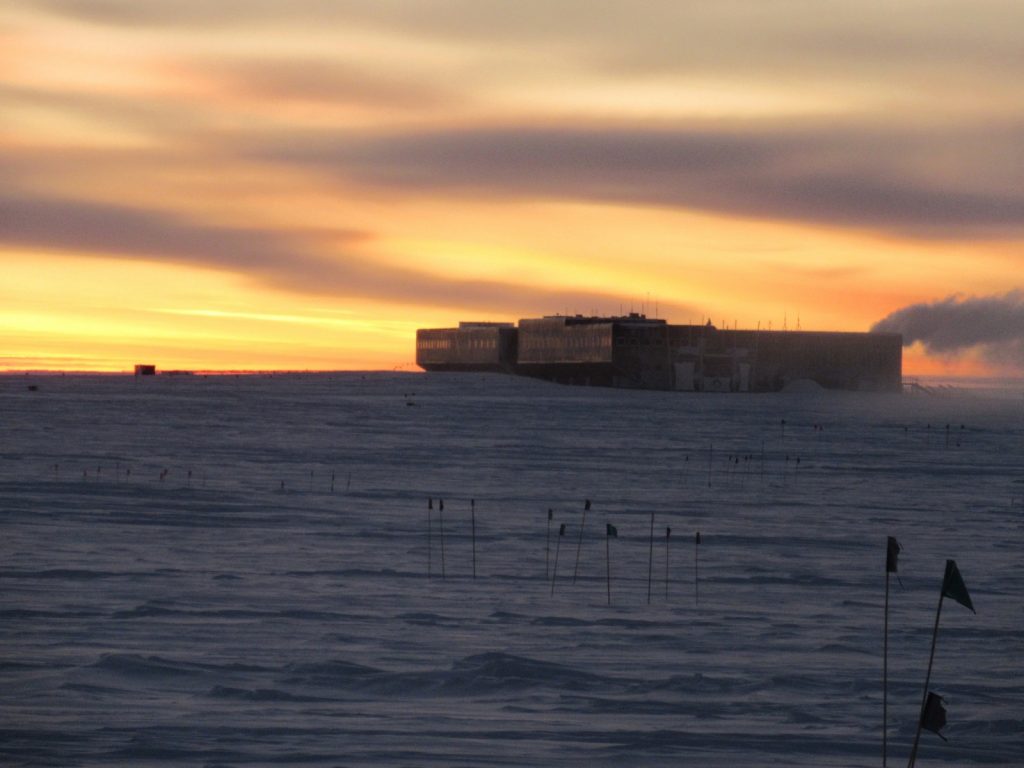
Amundsen-Scott Station at sunset with markers to help traveling to off-station sites [Credit: Tim Ager]
What did you do when you weren’t working?
There was so much to do that I often had to choose between more than one activity. There is a weight room, a gymnasium, a sauna, a quiet reading room (filled with lots of books), a game room (with a pool table, foosball table, and even more books), a music room (filled with instruments), an art room (filled with cloth, yarn, paints, markers, colored pencils, paper, sewing machines, and who knows what else), a greenhouse, and two media rooms (filled with DVDs of movies and TV shows, video games, VHS tapes, and even Beta Max tapes – yes, Pole has a working Beta Max player). People taught classes on a variety of subjects including music, Yoga, particle physics, astronomy, welding, and foreign languages, to name a few. I learned to play the guitar and became fairly proficient at knitting.
How were the 6 months of darkness and the frigid temperatures?
And the cold wasn’t as uncomfortable as you would think – when you get used to dressing appropriately, -100°F [-75°C] is okay.
The six months of darkness were amazing. It is hard to explain the magnificence of the night sky. Given the extremely low humidity at Pole, we could view the stars with unusual clarity, and the aurora activity was nearly constant. In fact, the auroras frequently obscured the view of the stars, which wasn’t a bad trade-off. And the cold wasn’t as uncomfortable as you would think – when you get used to dressing appropriately, -100°F [-75°C] is okay.
Was there a big shift in the culture of the station between the summer and the winter?
Yes, the summer and winter seasons are completely different. During the summer season (usually early November thru mid-February) there is a flurry of activity. Planes are coming and going, people are coming and going, and the station is full with 150 – 170 people. Because the summer season is relatively short, everyone is focused on getting as much done as possible. But once the last plane leaves everything slows down. The remaining station members put the finishing touches on winterizing the station and settle into a routine that won’t change much, day in and day out, for 8.5 months.
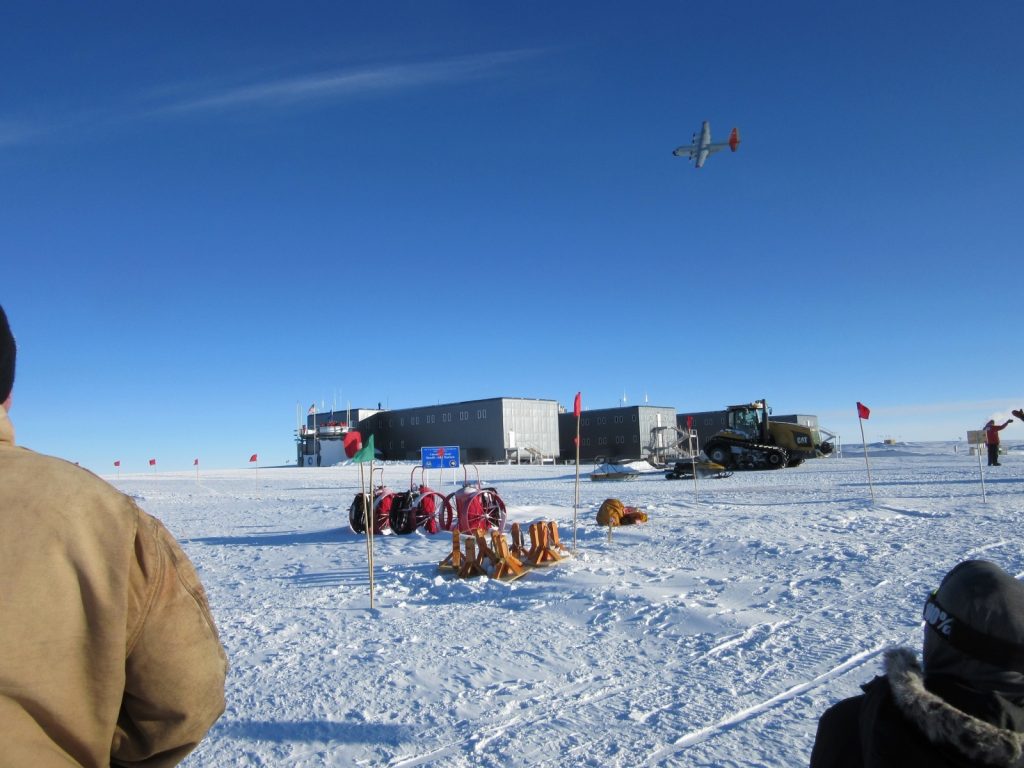
The last plane out doing its customary goodbye flyover – “no one in and no one out” for 8.5 months [Credit: Tim Ager]
Could you share with us any moments that you’ll never forget? What moments stick out as the highlights of your trip?
The day the last plane of the summer season left was unforgettable. No matter how well you think you’ve prepared, it is a moment that is extremely unique. That is when the reality of the situation and the isolation really sinks in. The remaining 48 of us looked around at each other and pretty much all had the same thought: “Well, this is it. This is my family for the next 8.5 months. No one in and no one out.” Of course we didn’t know that we would have a medevac [i.e., a medical evacuation] in the middle of winter – only the third winter medevac ever, and the first time in total darkness. It went smoothly and left 46 of us for the rest of the winter.
Although there were many amazing experiences, the highlight was the night sky. The stars were incredible, and the nearly ever-present auroras were awe inspiring.
I would also like to say that we had an incredible winter-over crew. People were responsible, hard workers, and always willing to lend a hand. Although we were all ready to leave once winter was over, I miss the camaraderie of my South Pole family.
To conclude is there anything you would like to say to any future winter-overs?
If you have the time and inclination, definitely consider a winter at Pole. At times it can be physically and/or psychologically challenging, but if you embrace it and live in the moment every day, the time will fly by. We were all amazed at how quickly it was over. I am thankful for the opportunity, and often find myself daydreaming about living back at Pole.
Interview led by David Rounce and edited by Sophie Berger

